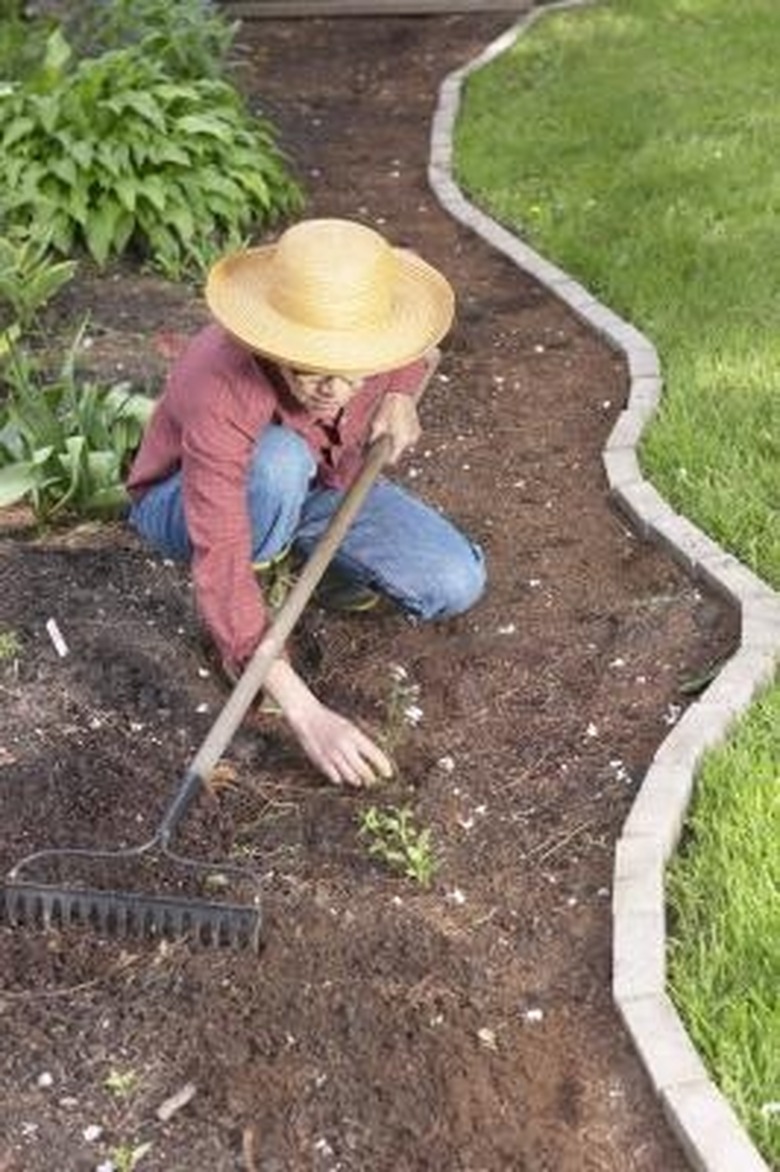The Difference Between Plants & Weeds
Many gardeners classify any unwanted plant as a weed, but technically this definition isn't so wide. While unwanted plants may crop up in the lawn and garden from time to time, they are not necessarily weeds. Plants that grow without cultivation may simply be easy to grow, and not invasive weeds that should be dealt with aggressively.
Weed Characteristics
Some plants are considered to be "weedy plants" because they spread easily and grow without any purposeful cultivation, but they aren't weeds. Only invasive plants are considered to be weeds. Plants that invade the habitats of other plants, causing damage and death, are considered to be weeds. Invasive weeds appear in habitats that already belong to other plants, growing so well and so quickly that they overtake or otherwise compromise the existing ecosystem.
- Many gardeners classify any unwanted plant as a weed, but technically this definition isn't so wide.
- While unwanted plants may crop up in the lawn and garden from time to time, they are not necessarily weeds.
Plant Classification
Gardeners have different definitions for weeds, which makes it difficult to distinguish between invasive weeds and naturalized plants. Naturalized plants are non-native plants that reproduce on their own, thriving but not spreading in an area where they have been placed. If the naturalized plants begin to spread on their own, they become invasive weeds. Some plants are identified as "noxious," usually a term used by environmental agencies. The word describes particularly invasive, fast-spreading weeds that compromise existing plant life in any given area.
Damage
Weeds are more than a minor annoyance. The dandelions in the yard are a real annoyance, but some invasive weeds create great economic damage to commercial crops. Weeds may affect meadows used to feed livestock, lowering the quality and quantity of available food. Weeds may change the composition of the soil by feeding heavily on nutrients present in the ground, which will in turn affect other plants in the area. Weeds may also pose a fire hazard, because they grow very thickly in a single location to create a dense mat of vegetation.
- Gardeners have different definitions for weeds, which makes it difficult to distinguish between invasive weeds and naturalized plants.
Weed Control for the Home Gardener
Prevent weeds by growing a healthy lawn. A dense, healthy lawn is an effective prevention against invasive weeds and unwanted plants. Control weeds in lawn and garden areas by hand-pulling them. If this proves ineffectual or impractical, apply herbicides to lawn and garden areas to prevent and kill weeds. Use pre-emergence herbicides to prevent weeds. As the name implies, pre-emergence herbicides are applied to outdoor areas before the weeds appear. Post-emergence herbicides are placed directly on weeds that are already established.
- Prevent weeds by growing a healthy lawn.
- As the name implies, pre-emergence herbicides are applied to outdoor areas before the weeds appear.
